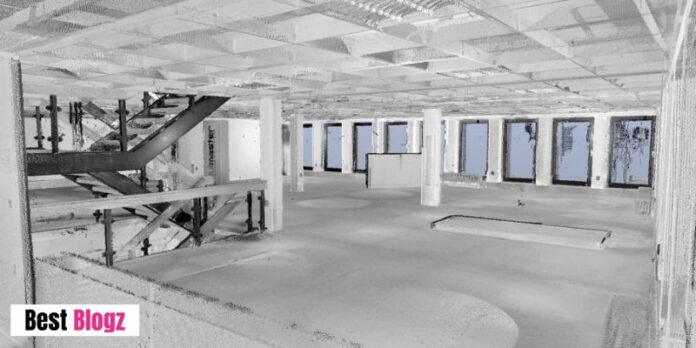3D laser scanning is a powerful technology used in many industries to capture detailed three-dimensional data of objects and environments. This data can then be used to create accurate 3D models, which can be used for a variety of tasks such as reverse engineering, architectural visualization, and more. In this blog post, we will discuss the different laser scanning 3D techniques available and how they can be used to generate high-quality 3D data.
Types of 3D laser scanning and How each type of scan works
- Structured Light Scanning: This type of laser 3D scanning uses structured light, which is projected onto an object to capture its shape. A camera then captures the distortion of the morning to generate a 3D map of the thing. Structured light scanning is generally used for larger objects and can produce high-accuracy results.
- Time-of-Flight Scanning: This type of laser 3D scanning works by sending out a light pulse from a laser source and measuring the time it takes for the pulse to return after reflecting off the object. A 3D map of the thing can be created by measuring the distance between it and the scanner. This type of scan helps capture smaller items with high accuracy. For more information about 3D scanning laser visit this site petermikosurveys.co.uk.
- Triangulation Scanning: This type of laser 3D scanning works by projecting a laser line onto an object and using a camera to measure the angle of the reflected line. Combining these measurements can generate a 3D map of the thing. Triangulation scanning is often used for smaller objects but also for larger ones.
The advantages and disadvantages of each type of scan
Laser triangulation: Laser triangulation is a relatively simple, low-cost type of 3D laser scanning. The advantages of this method are that it can be used to scan quickly and accurately, and it’s an excellent option for capturing large objects with lots of detail. Additionally, it produces highly accurate data with microscopic measurements. The downside is that it can only capture one side of an object, and the range of things it can scan is limited.
Time-of-Flight: Time-of-Flight (TOF) laser 3D scanning is another commonly used technique, which involves projecting a laser beam onto a target, measuring the time it takes for the reflected beam to return, and calculating the distance between the source and target. This method can capture details from all angles, making it ideal for capturing small and intricate objects. It also has a much more extensive range than other types of 3D laser scanning. However, this type of scan is more expensive than other methods and can require more processing time.
Structured light scanning: Structured light scanning is another type of laser 3D scanning which uses a delicate pattern, such as stripes or grids, to measure the shape of an object. This method is often used for capturing detailed surfaces with high accuracy. The advantages are that this method is cost-effective and quick to use. However, it is limited to scanning non-metallic objects, and there may be some inconsistencies in the results due to environmental changes like lighting.
Final Thoughts
3D laser scanning is a powerful tool for collecting data precisely and accurately. From surveying to construction to engineering to architecture, it has various applications. The three main types of laser 3D scanning are terrestrial, airborne, and mobile. Each class has advantages and disadvantages, making it essential to choose the proper method for the job.
Terrestrial scanning is the most common type, providing excellent detail and accuracy but with a limited range. Airborne scanning can cover a large area quickly, but often at the expense of accuracy. Mobile scanning is ideal for rapidly changing environments such as construction sites, where it can provide detailed data without sacrificing speed or accuracy. With all three types of laser 3D scanning available, finding a method that best fits the project’s needs is easy.
Read also: Who Is Johan Riley Fyodor Taiwo Samuel?




